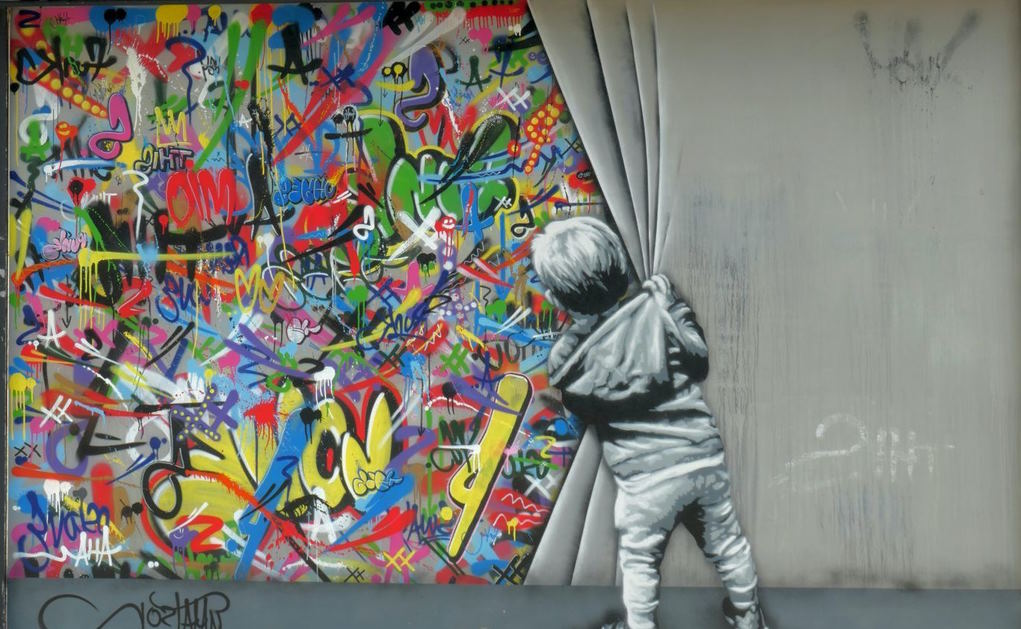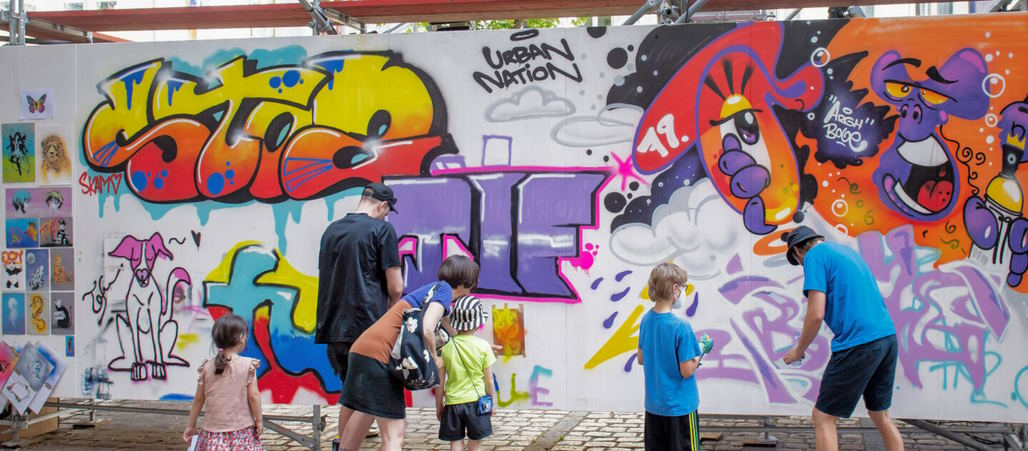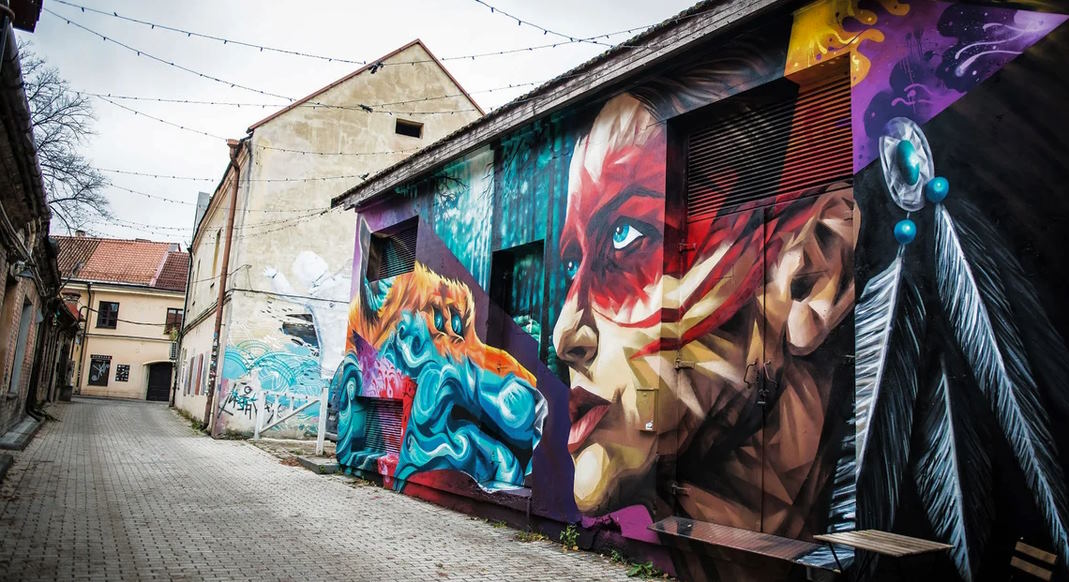Street art has become an increasingly popular form of expression in contemporary European cities. From political and social commentary to urban regeneration and tourism, street art has been used for a variety of purposes, making it a significant part of the urban landscape. With its roots in graffiti culture and an anti-establishment ethos, street art has evolved into a respected art form that can enhance the aesthetic appeal of a city while also serving as a platform for important social and political discourse.
Street Art as an Expression of Social and Political Commentary
Street art has emerged as an effective medium for expressing political views and social issues in contemporary European cities. Unlike traditional forms of art, street art is often more accessible and visible to a wider audience, which makes it an ideal platform for social and political commentary. Street art can serve as a powerful tool for voicing concerns and sparking discussions on a range of issues, from human rights to environmental problems.
One striking example of street art addressing social and political issues is the mural painted by Belgian artist ROA in London’s East End, which depicts a series of endangered animals. The mural sends a strong message about the need to protect wildlife and highlights the impact of human actions on the environment.

Another powerful example is the work of street artist Banksy, whose murals often deal with social and political issues. One of his famous pieces, located in Calais, France, depicts a refugee child looking towards England, accompanied by the words “We’re not all in the same boat”. The mural sheds light on the refugee crisis and the plight of those seeking asylum in Europe.
Street art has a significant impact on political and social discourse by providing a platform for marginalized voices to be heard. It creates opportunities for people to engage with important issues in a public space and encourages dialogue and debate. Street art is a powerful tool for activism and social change, and its impact on contemporary European cities cannot be understated.
Street Art as a Tool for Urban Regeneration
Street art has emerged as an innovative tool for urban regeneration in contemporary European cities. Street art is increasingly being used to transform neglected urban spaces and enhance the aesthetic appeal of rundown neighborhoods. By bringing color and creativity to abandoned buildings and drab streets, street art can turn urban decay into a canvas for artistic expression and community engagement.

Many European cities have embraced street art as a way to revitalize underutilized areas. The city of Lisbon, Portugal, has been a pioneer in street art-led urban regeneration, with murals and other street art installations transforming some of its poorest neighborhoods into vibrant cultural hubs. Similarly, in the German city of Dresden, the street art festival “Visionäre” has brought together artists from around the world to create large-scale murals and installations that have transformed the city’s urban landscape.
Aside from its aesthetic benefits, street art also has positive effects on the urban environment. It can reduce vandalism and graffiti by turning neglected spaces into art-filled destinations that people respect and appreciate. Furthermore, it can help to increase foot traffic and tourism, which can have a positive impact on the local economy.
Overall, street art has proven to be an effective tool for urban regeneration in contemporary European cities. By harnessing the power of art to transform neglected urban spaces into vibrant cultural destinations, street art is making a significant impact on the urban landscape and revitalizing communities.

